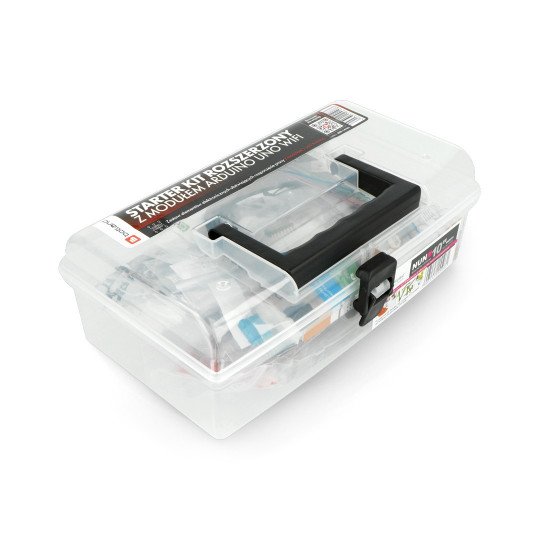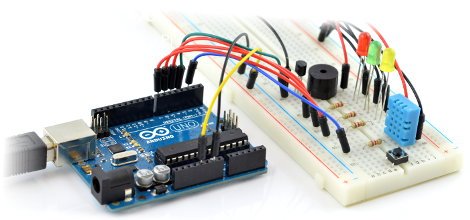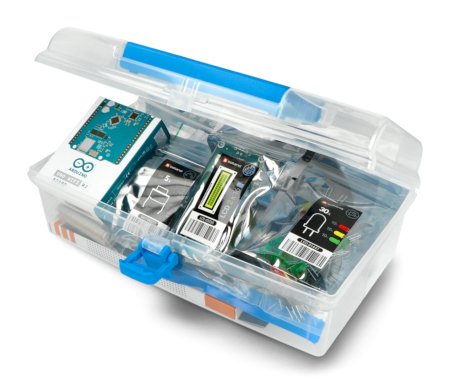- Reduced price
- SPECIAL OFFERS
Description
The kit includes the base board Arduino Uno wi-fialong with a setof many elements introducing the world of programmableelectronic systems. Simple language and a friendly environment of Arduinoallow to create programs evenfor beginners. Actuators, includingan LCD displaywith soldered connectorsandthe DC motor withthe controller, will help you to get familiar with problems in the operation of the most frequently used in electronics and robotics, devices.
Large breadboard andconnection cablesprovide connection of the circuits.Buttons, along withLEDsand an easily readableLCD display16x2, allow you to create a user interface. The kit also includessensors with which the user can collect data from the environment, as well asan integrated circuits,including a dual-channeldriver of motorsto control actuators.
| Buying StarterKit from Botland, you order at once, a set of elements designed to create simple electronic circuits based on the Arduino modules that will allow you to gain valuable knowledge and experience in more complex projects in the future. |
This version is sent along with an organizer for easy storage and transport kit.
The set consists of:
| L. p. | Photo | Description |
|---|---|---|
| 1 | 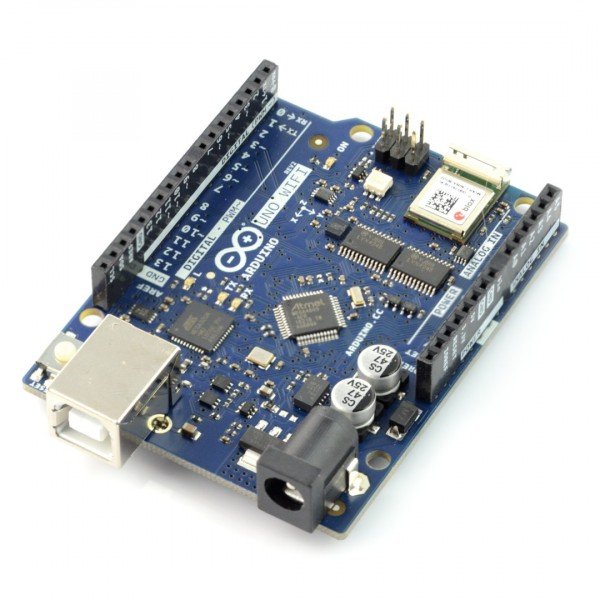 |
Arduino Uno WiFi- original, newest module with the Atmega328 microcontroller. |
| 2 | 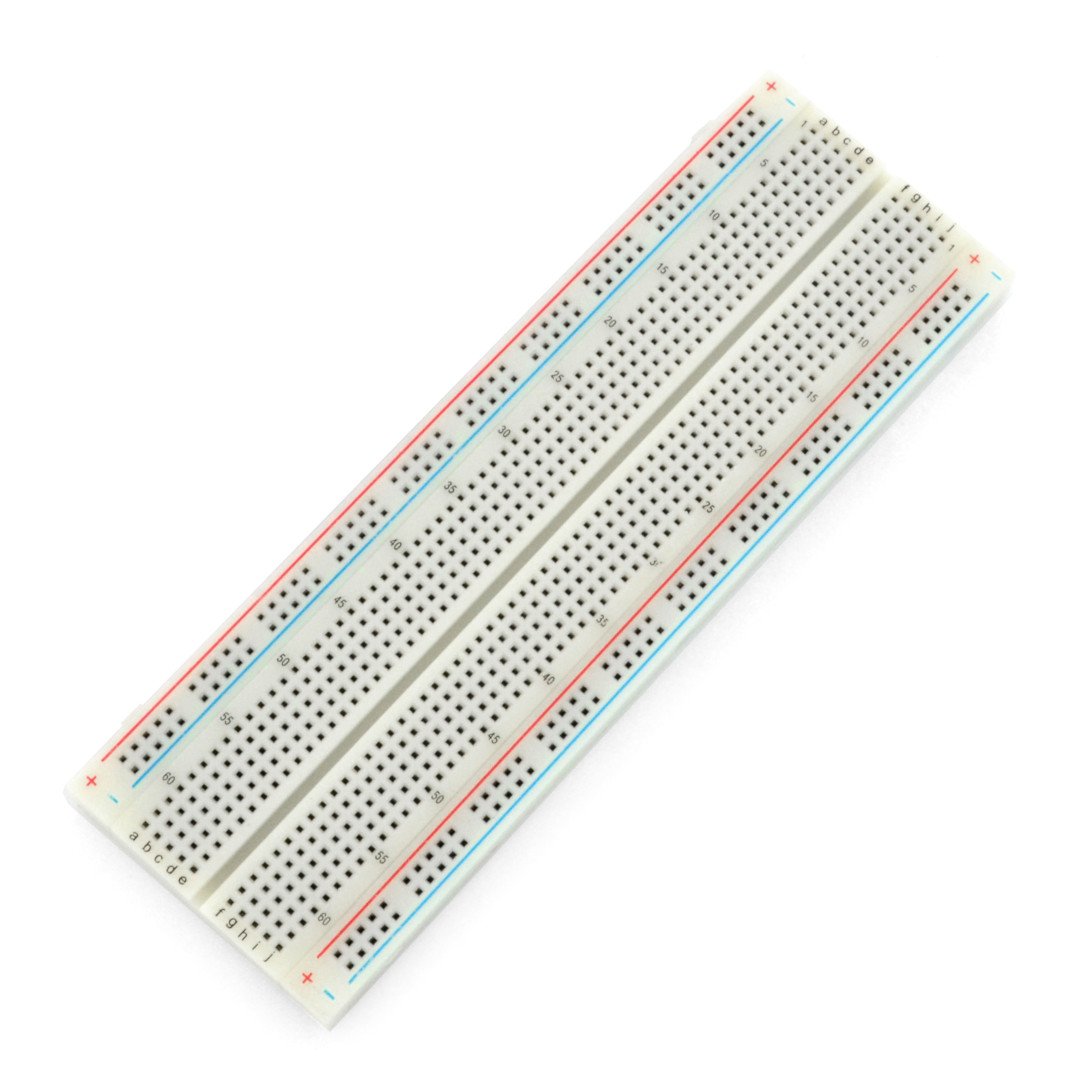 |
Breadboard 830 fields- a large breadboard with separate power lines to create electronic circuits. |
| 3 | 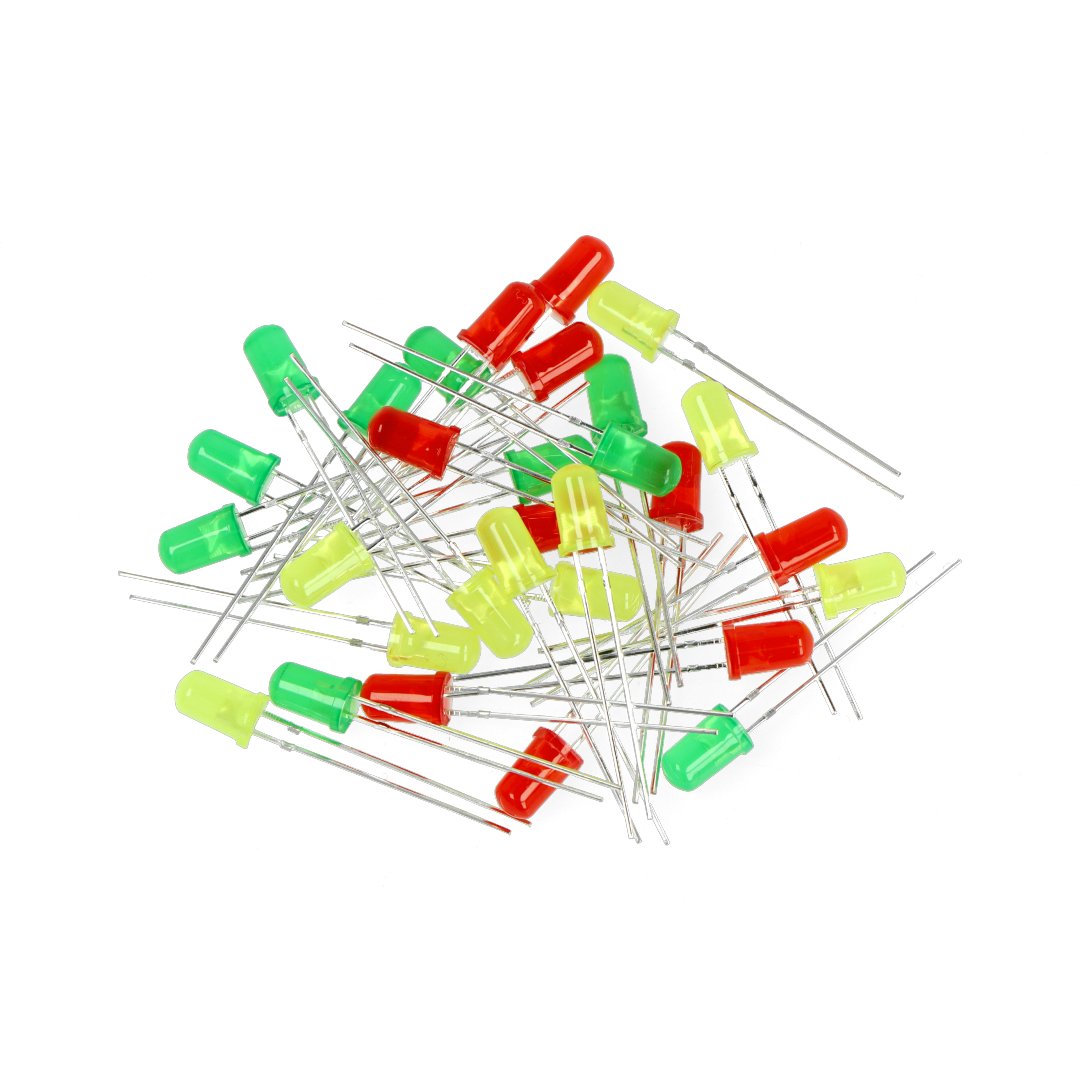 |
A set of LEDs 5 mm (30 PCs)- 10 PCs. of red, green and yellow elements. |
| 4 | 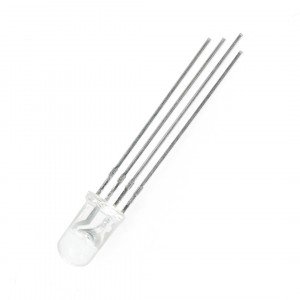 |
RGB LED common anode - LED with four leads, which glows in all colors. |
| 5 | 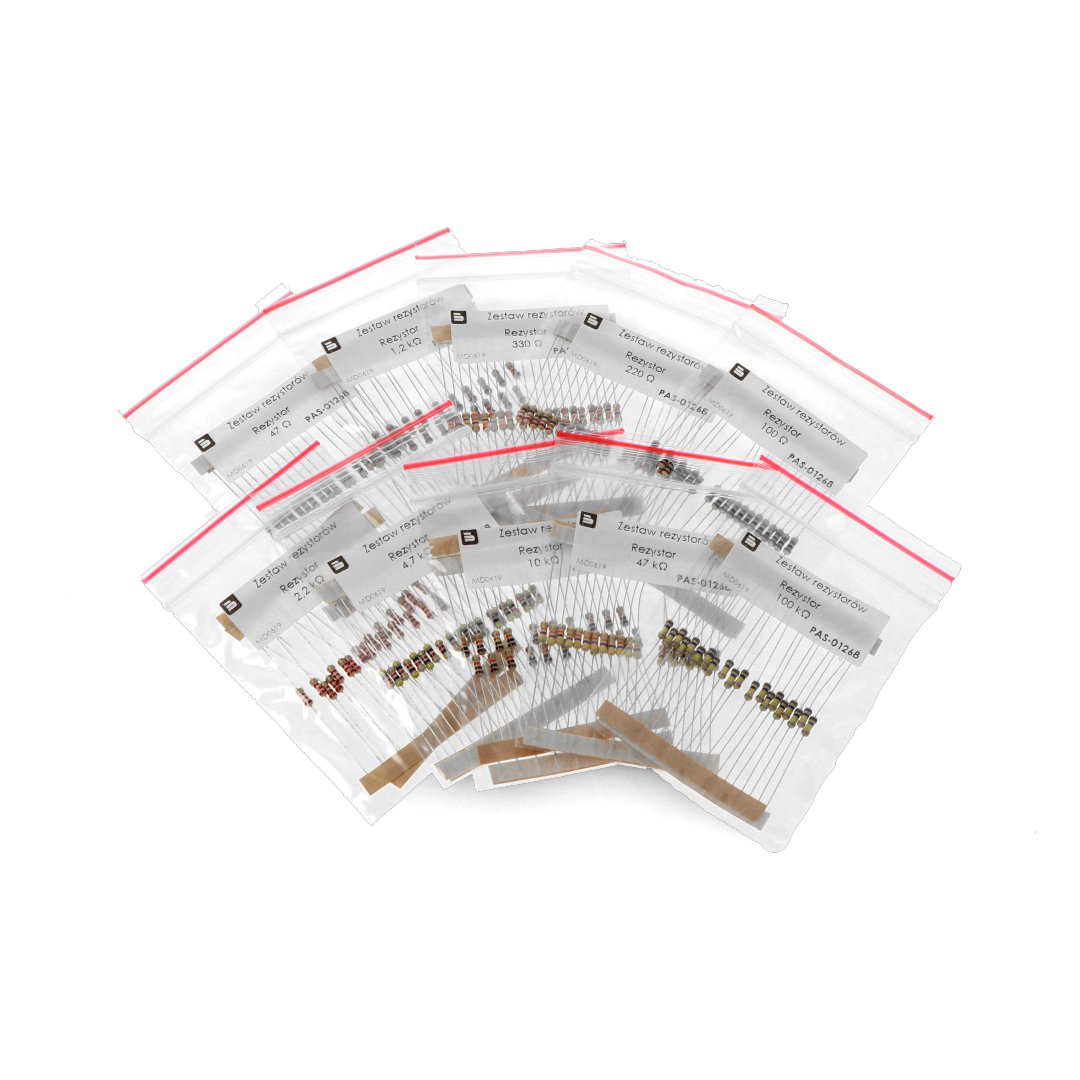 |
A set of resistors (200 PCs)- 20 PCs. of the most popular values, enabling for example, for connection of the LEDs. |
| 6 | 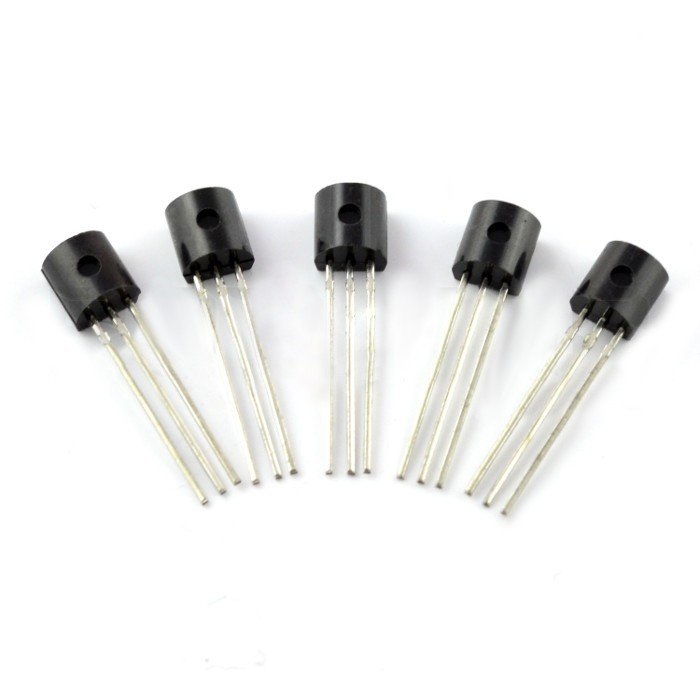 |
Transistors BC547 NPN (5 pieces)- semiconductorsystems, allowing, i.a. to control the elements that consume more current than a single pin of the microcontroller,can provide. |
| 7 | 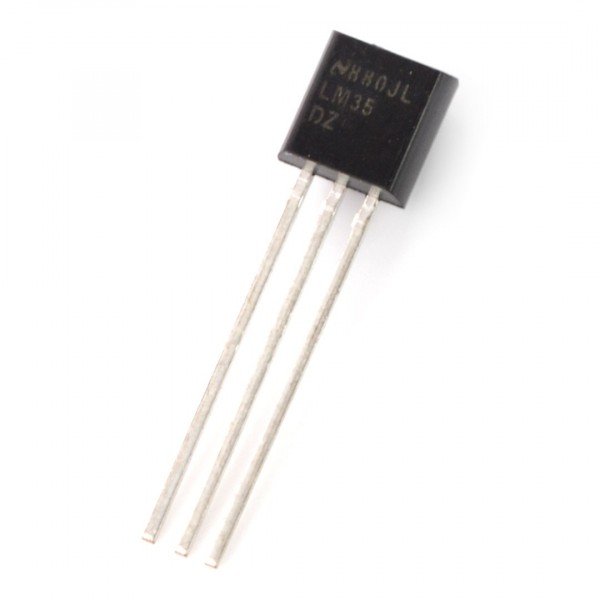 |
The analog temperature sensor LM35 - is a popular, easy to use thermometer connected to the analog inputs of the Arduino. |
| 8 | 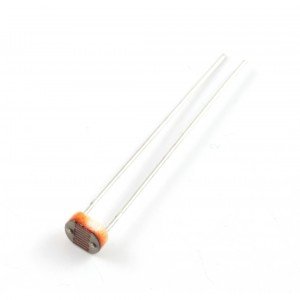 |
Photoresistor - sensor for measuring the intensity of the incident light, allows, for example, to detect if the room is dark or light. |
| 9 | 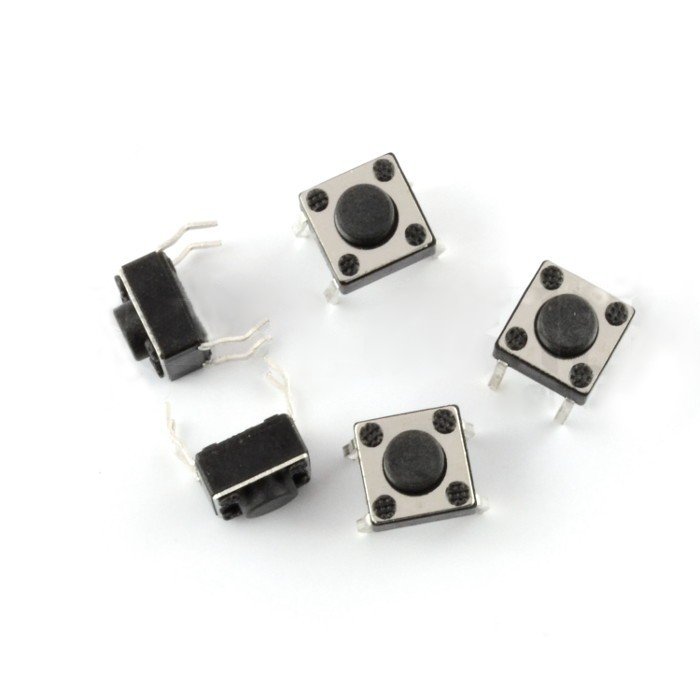 |
Tact-switch buttons - will serve as an element of introducing the data to module of Arduino. |
| 10 |  |
Potentiometer 10k or 20k (5 PCs)- similar to buttons, connected to the analog pins and can serve as a UI element - a simple knobs. |
| 11 | 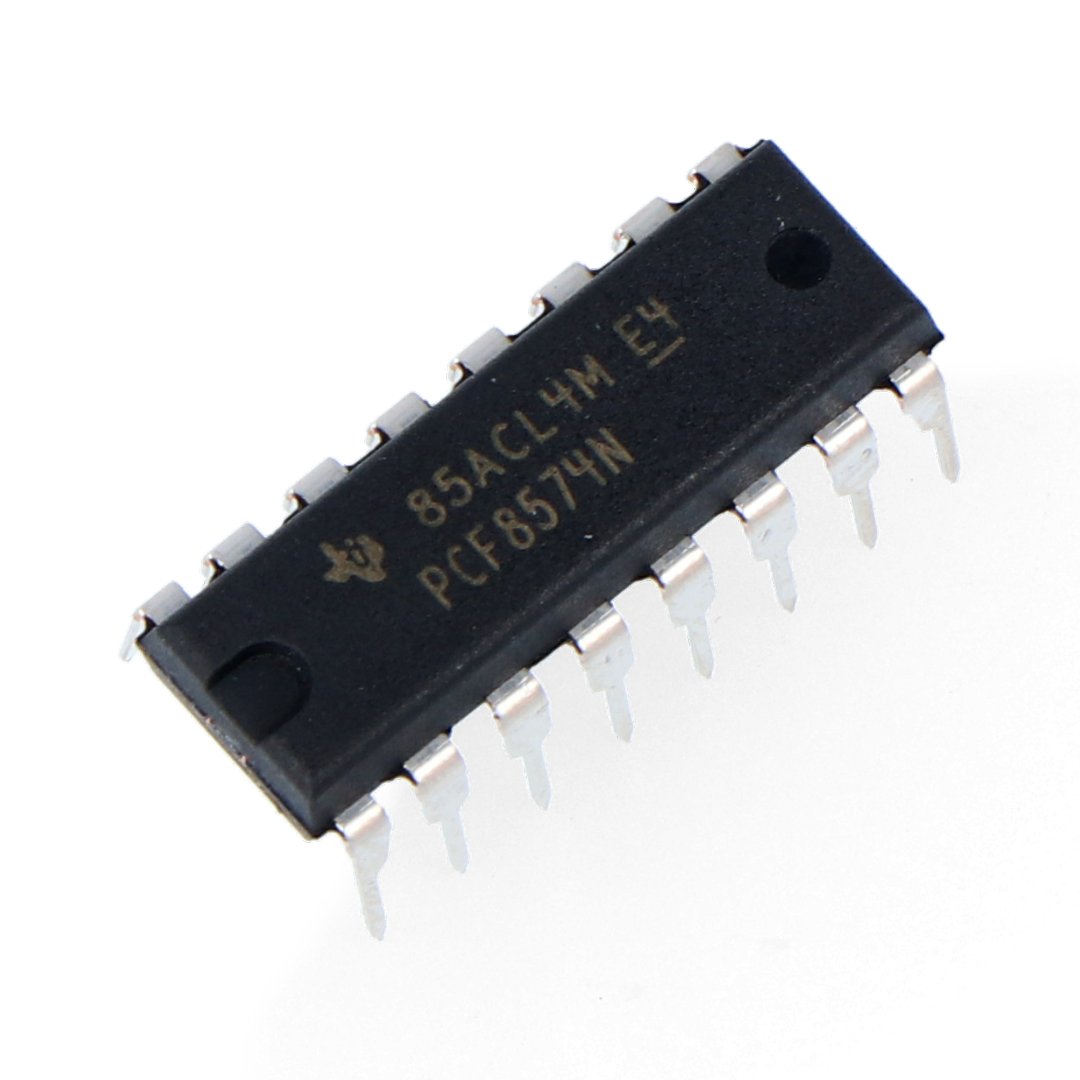 |
The shift register - you can, for example, manage a large number of LEDs, while saving the digital pins of the Arduino. |
| 12 |  |
The PCF8574 expander - allows you to increase the number of pins of Arduino. |
| 13 | 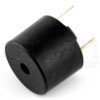 |
Buzzer with generator- powered by 5 V, a simple sound signal generator. |
| 14 | 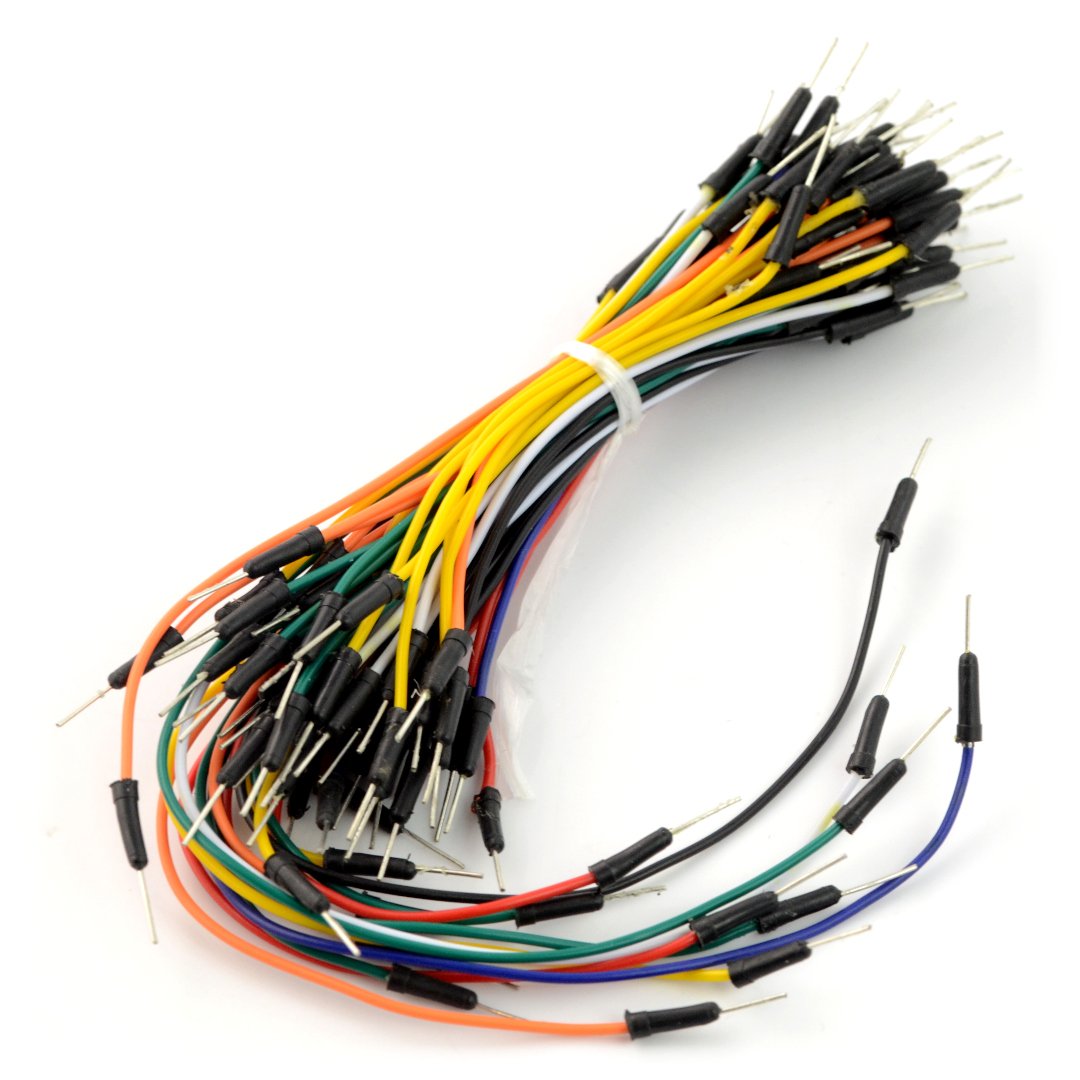 |
Connection wires, 65 PCs, male-to-male - can create connections on the breadboard and the contact between board and Arduino. |
|
15 |
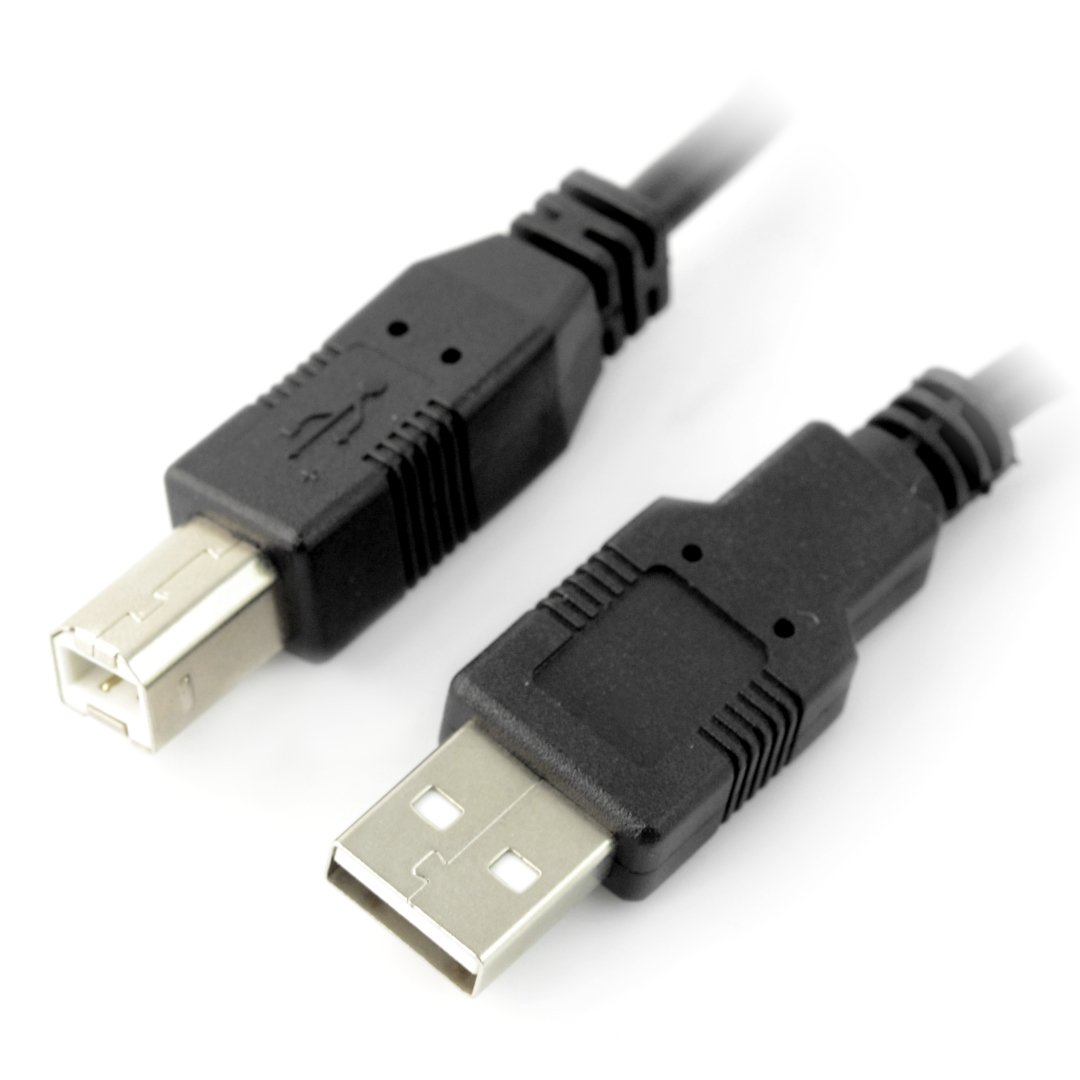 |
USB cable A-B, length of 1m - serves to connect the Arduino to the computer. |
| 16 | 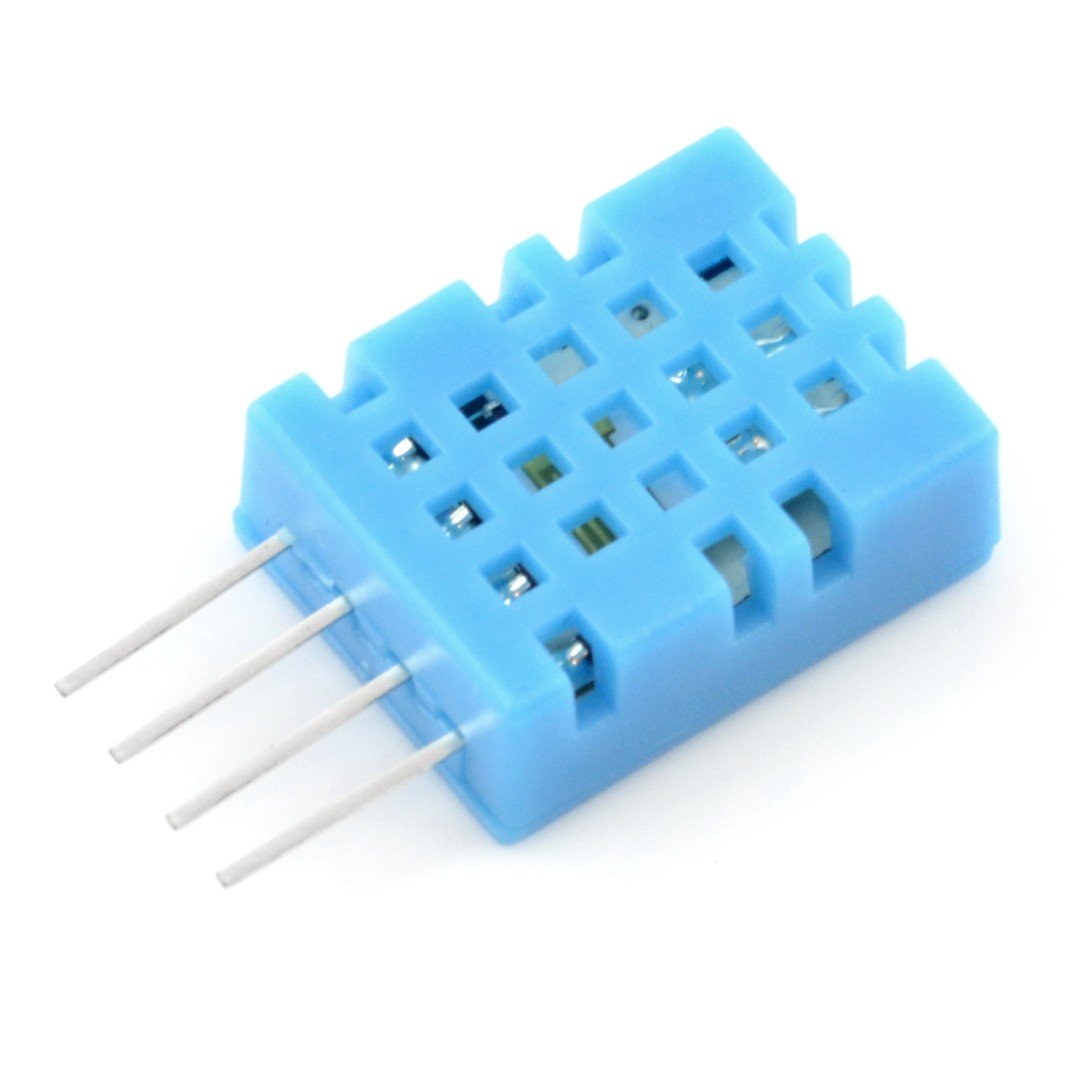 |
DHT11sensor to measure temperature and air humidity |
| 17 | 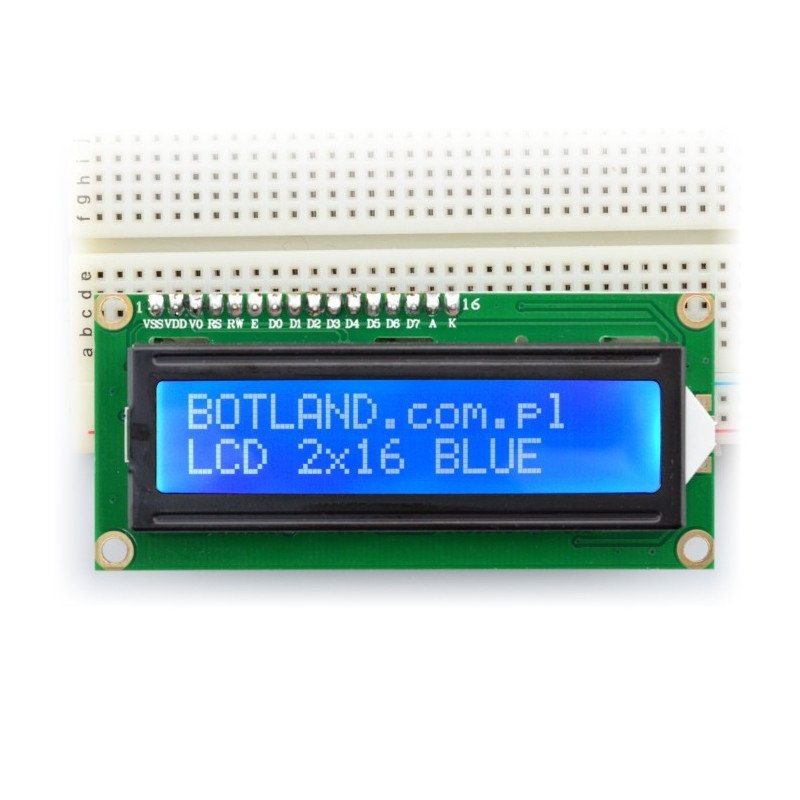 |
LCD display 16x2 with soldered goldpin connectors- with blue backlight - popularalphanumeric display with the available library for Arduinowith soldered goldpin connectors. |
| 18 | 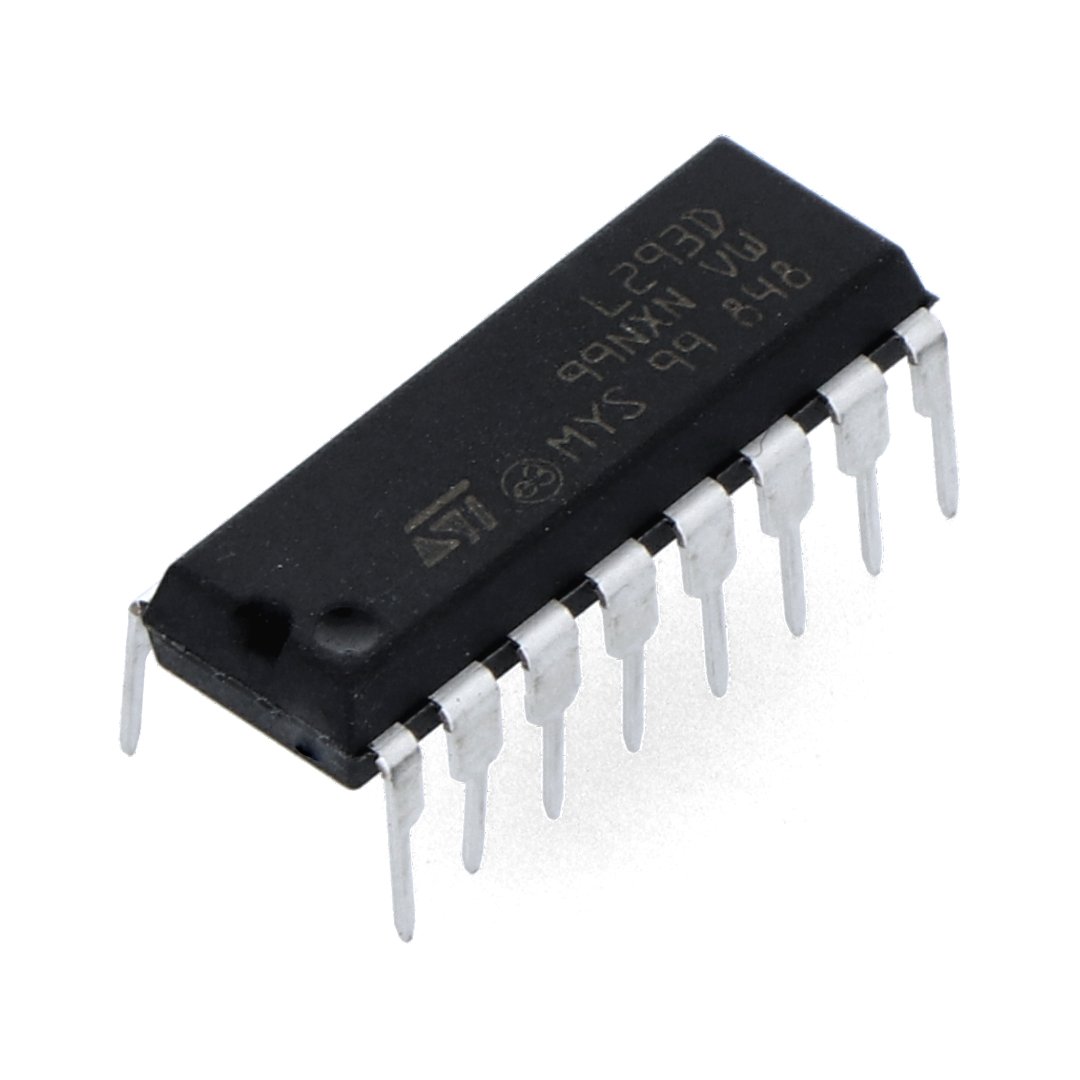 |
The L293D motor driver- H bridge which providescontrol of the direction and the rotary speed of two DC motors |
| 19 | 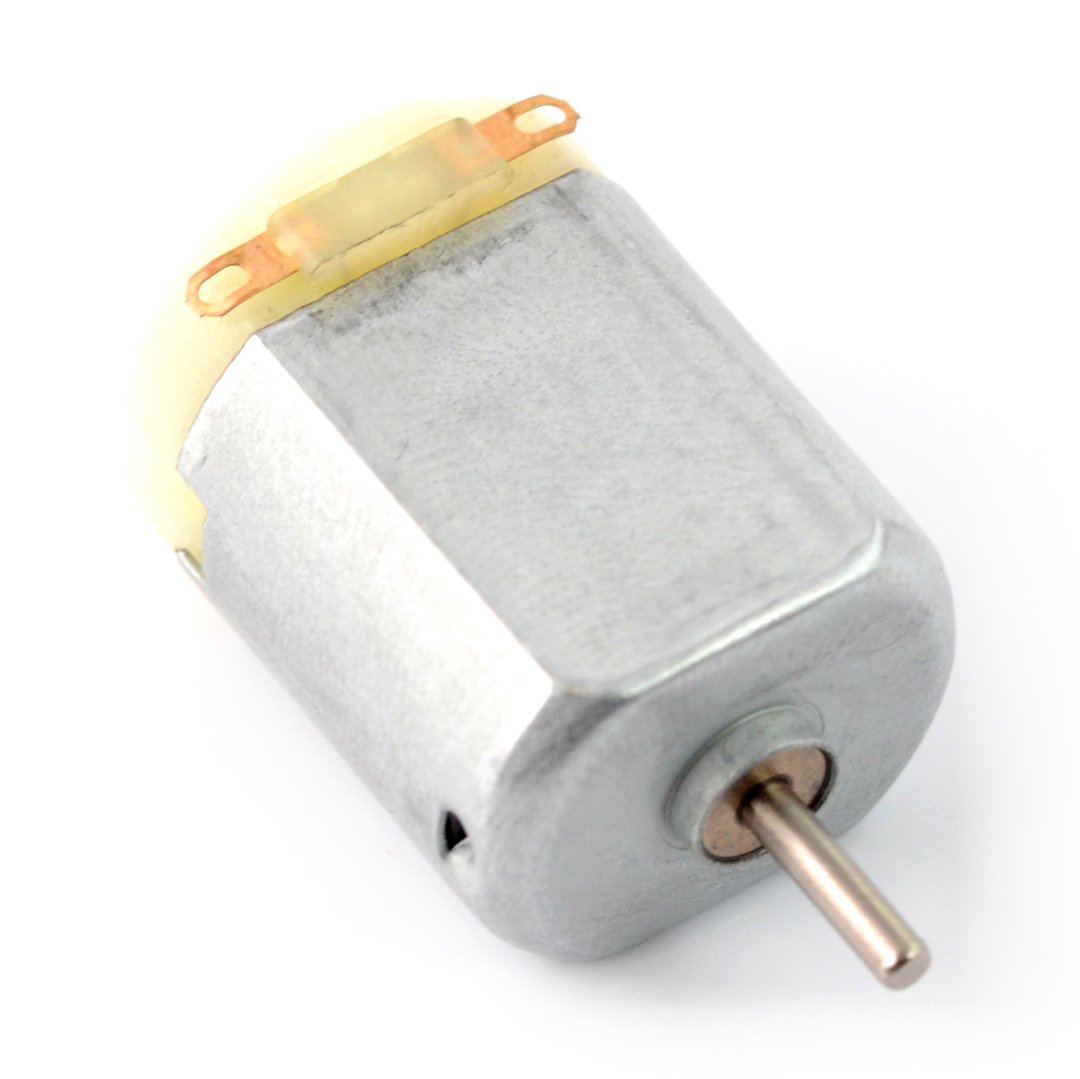 |
DC motor- a small, simple DC motor is supplied with the voltage from 3 V to 5 V |
| 20 | 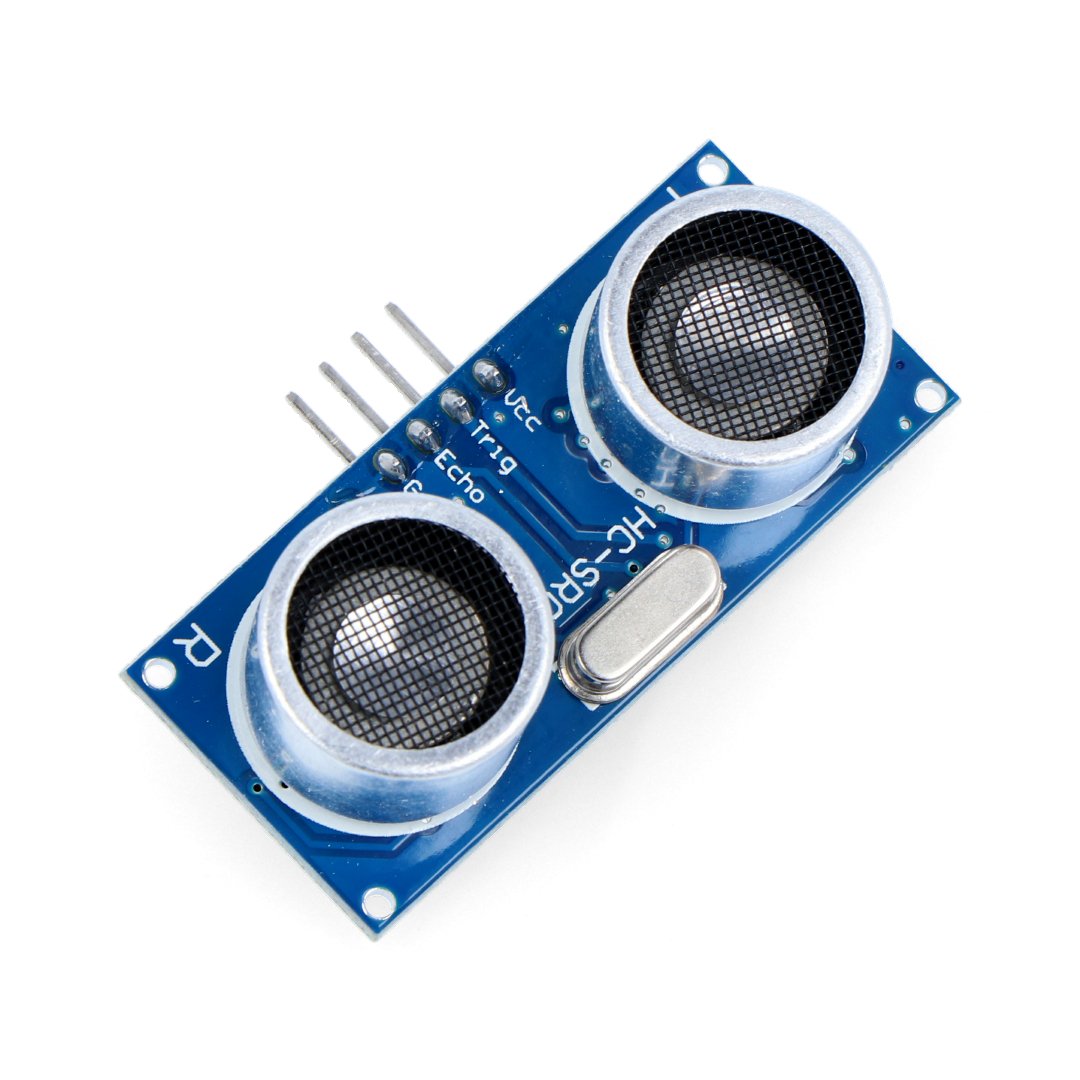 |
Distance sensor- ultrasonic HC-SR04, operating in the range from 2 cm to 200 cm. |
| 21 | 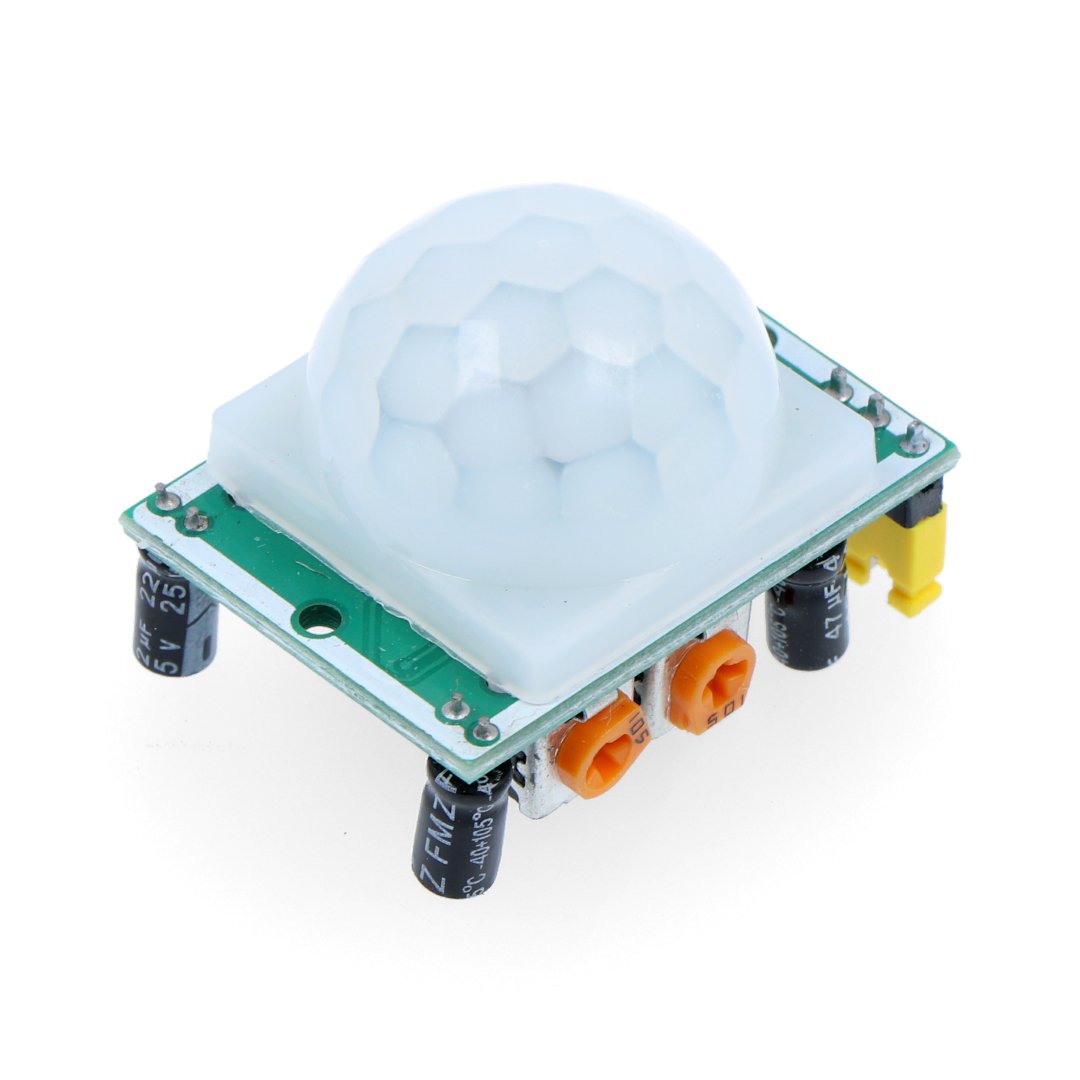 |
Motion sensor- PIR HC-SR501 - enables motion detection |
|
22 |
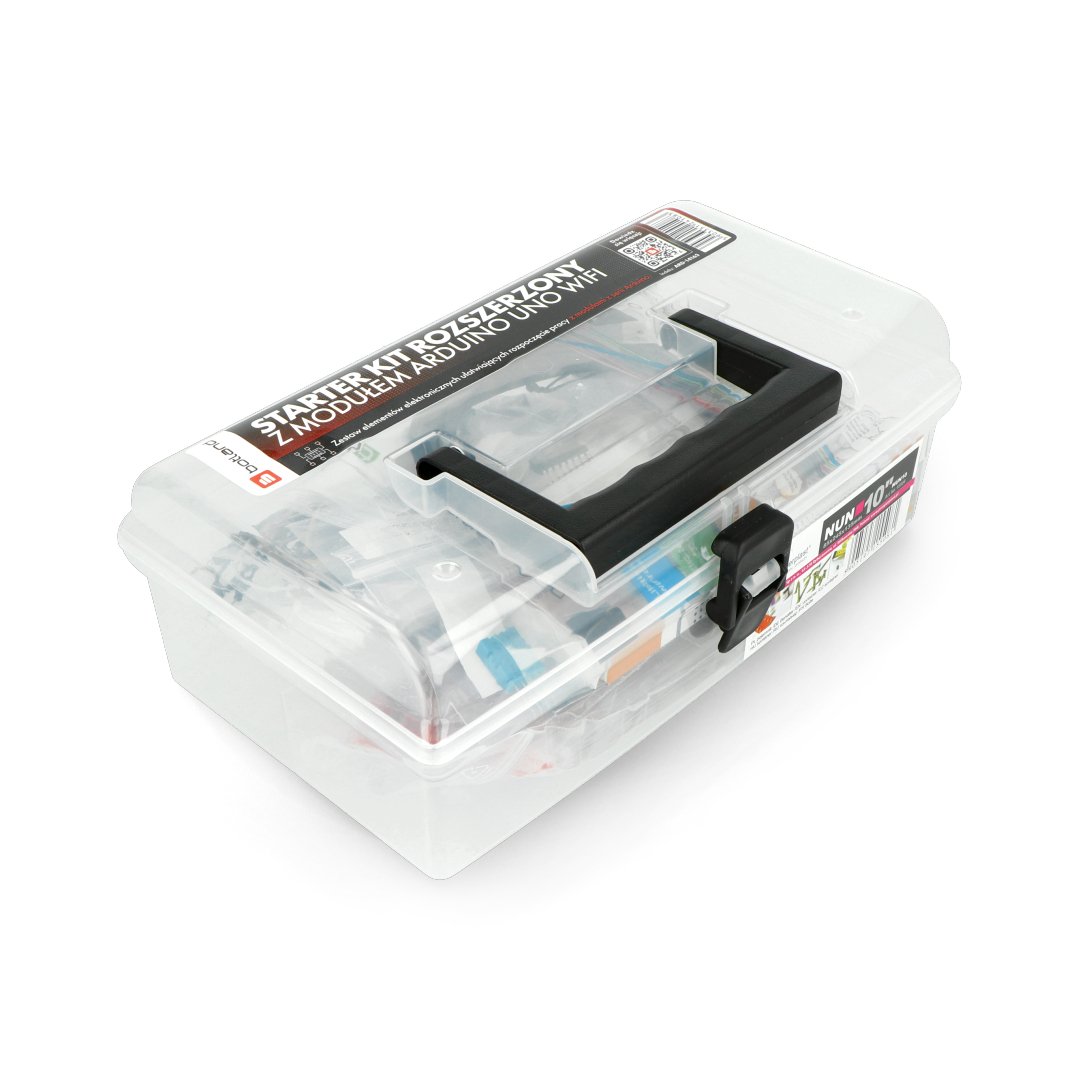 |
Organizer facilitating moving of the system. |
